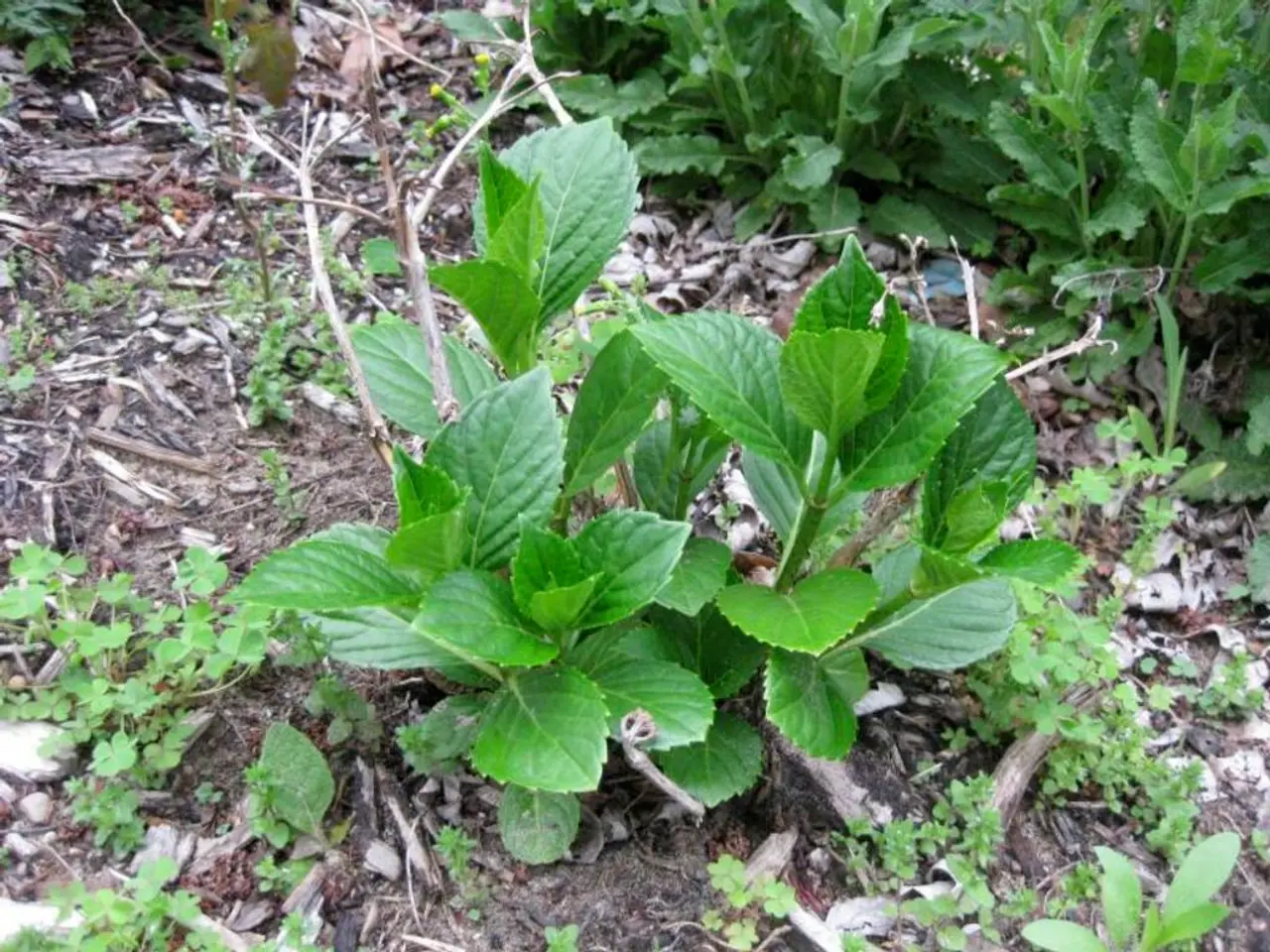Cultivating Thanksgiving Herbs for Festive Flavoring
Growing your own holiday herbs can add a touch of freshness and flavor to your Thanksgiving dishes. Here's a guide to help you grow popular herbs like basil, oregano, rosemary, thyme, and sage in containers.
Firstly, it's essential to provide your herbs with the right conditions. Most herbs love the full sun and require well-draining soil for optimal growth. Culinary sage, in particular, craves full sun and well-draining soil, but it requires protection from direct sunlight.
When planting your herbs, use pots with good drainage, preferably with drainage holes. This will help prevent root rot. For herbs with spreading habits like oregano or thyme, containers can help control their growth.
Place the containers in a spot receiving full sun for at least six hours daily. This bright light is crucial for these herbs to thrive. Water consistently, but avoid soggy soil; allow the top inch to dry before watering again.
Sage needs more room to grow, so set the pots about 2 feet apart from each other. Sage is a herb that can be used in various dishes, particularly during the holidays. It is best planted in a well-drained soil and cool temperatures.
Rosemary is a popular holiday herb with an aromatic and distinctive aroma that complements stews, poultry, and meat dishes. It is easy to grow and once it matures, rosemary is quite hardy. Thyme is a woody, low-growing perennial plant known for its pungent aroma and clover flavor. There are more than 50 varieties of thyme used in cooking.
Basil is a popular herb used in a variety of cuisines, adding a rich flavor to dishes such as stews, pasta, and sauces. Oregano is an earthy, aromatic herb that enhances the richness in soups, sauces, and stews, particularly Italian and Sicilian dishes.
Starting now, in early August, allows herbs to mature by Thanksgiving and provides time to dry or freeze extras. Combining compatible herbs in a larger container can simplify care and maximize space.
As the herbs grow, they will need more room and should be transplanted into larger pots. Caring for herbs is easy; water regularly, prune carefully, and remove flowers to prevent bitterness.
With these tips in mind, you can ensure a fresh supply of classic holiday herbs right at your fingertips for cooking Thanksgiving dishes. Harvest leaves regularly to encourage new growth, and consider drying or freezing excess herbs for Thanksgiving use.
- Incorporating exotic global cuisines into your Thanksgiving menu can be achieved by practicing healthy cooking techniques with an array of fresh herbs, especially those grown in containers, such as basil, oregano, rosemary, thyme, and sage.
- Fashion-and-beauty enthusiasts might also be interested in knowing that culinary sage and rosemary, with their distinctive scents and aromatic flavors, can be used to create homemade bath products and perfumes.
- Growing food-and-drink ingredients like herbs at home is not only a rewarding lifestyle choice, but also a practical method to save costs and ensure the quality of ingredients for your recipes, especially during the holidays.
- Incorporating diverse recipes using these home-grown herbs, such as sage in stuffing or roasted potatoes, basil in tomato sauces, or thyme in gravy, will add a unique touch of personalization to your Thanksgiving feast.




